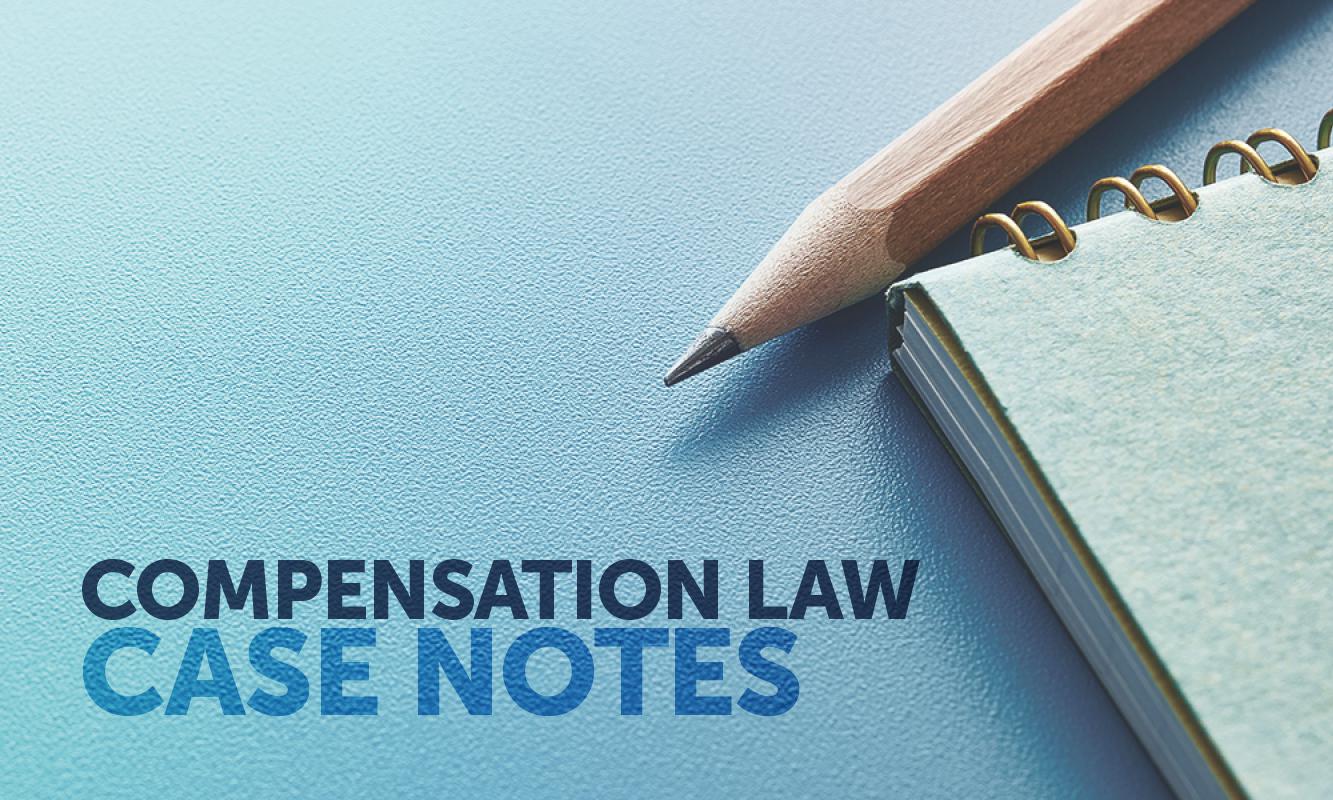Google advertisements – whether misleading or deceptive conduct and false or misleading representations
The appeal in Australian Competition and Consumer Commission v Employsure Pty Ltd [2021] FCAFC 142 (13 August 2021) concerned whether the publication of Google advertisements was misleading or deceptive conduct and false or misleading representations.
The respondent, Employsure Pty Ltd (Employsure), is a specialist workplace relations consultancy which advises employers and business owners across Australia in relation to the requirements of workplace relations and workplace health and safety legislation. It is a private company which has no affiliation with, or endorsement by, any government agency.
The Australian Competition and Consumer Commission (ACCC) claimed that by the publication of seven Google advertisements (Google Ads) by it, Employsure represented that it was, or was affiliated with and/or endorsed by, a government agency (the government affiliation representations), and thereby engaged in misleading or deceptive conduct in contravention of s18 of the Australian Consumer Law (ACL).
The ACCC also claimed that by publication of the Google Ads, Employsure made false or misleading representations that its services were of a particular standard or quality in contravention of s29(1)(b) of the ACL, and that it had government sponsorship or approval in contravention of s29(1)(h) of the ACL.
The trial judge dismissed the ACCC’s case and it appealed to the Full Court.
The parties were essentially in agreement as to the applicable principles concerning misleading or deceptive conduct under s18 of the ACL and on false or misleading representations under s29 of the ACL.
The disagreement largely concerned the application of those principles to the facts of the present case (at [86]).
The Full Court considered the nature of the appeal and applied the principles as to the appropriate approach to appellate review in a case involving an evaluative decision (at [117]-[126]).
As this was a case where the impugned conduct and representations were directed to the public generally, it was necessary for the court to consider the likely characteristics of the persons who comprised the class to whom the conduct or representation was directed.
The target audience of the impugned advertisements, and hence the relevant class for the purpose of identifying a hypothetical ordinary and reasonable class member, was business owners who are employers and who search for employment-related advice on the internet (at [129]).
The Full Court overturned the trial judge’s assessment of the relevant class and the likely characteristics of persons comprising it. Rares, Murphy and Abraham JJ held: “…we consider the primary judge erred by attributing to the ordinary or reasonable business owner too high a level of shrewdness or wariness, digital literacy, and/or commercial sophistication; and also erred in the view he reached as to the level of attention or scrutiny that the ordinary or reasonable business owner was likely to give to the advertisements.
“Then, having done so, the primary judge appeared to conceive that there was only one ‘reasonable’ reaction to the Google Ads; being that an ordinary or reasonable business owner taking reasonable care of his or her own interests would have discerned that each of the Google Ads was an advertisement for privately provided employment-related advice which was not associated with any government agency.
“In our respectful view the primary judge erred in that reasoning and that conclusion” (at [131]).
The Full Court held that the government affiliation representations were made out (at [152]-[174]). Further, the Full Court was satisfied that each of Employsure’s Google Ads was a false or misleading representation in breach of ss29(1)(b) and (h) of the ACL (at [177]-[178]).
The matter has been remitted to the trial judge on questions of pecuniary penalty and costs of the proceeding below.
Dan Star QC is a Senior Counsel at the Victorian Bar, ph (03) 9225 8757 or email danstar@vicbar.com.au. The full version of these judgments can be found at austlii.edu.au. Numbers in square brackets refer to a paragraph number in the judgment.














Share this article